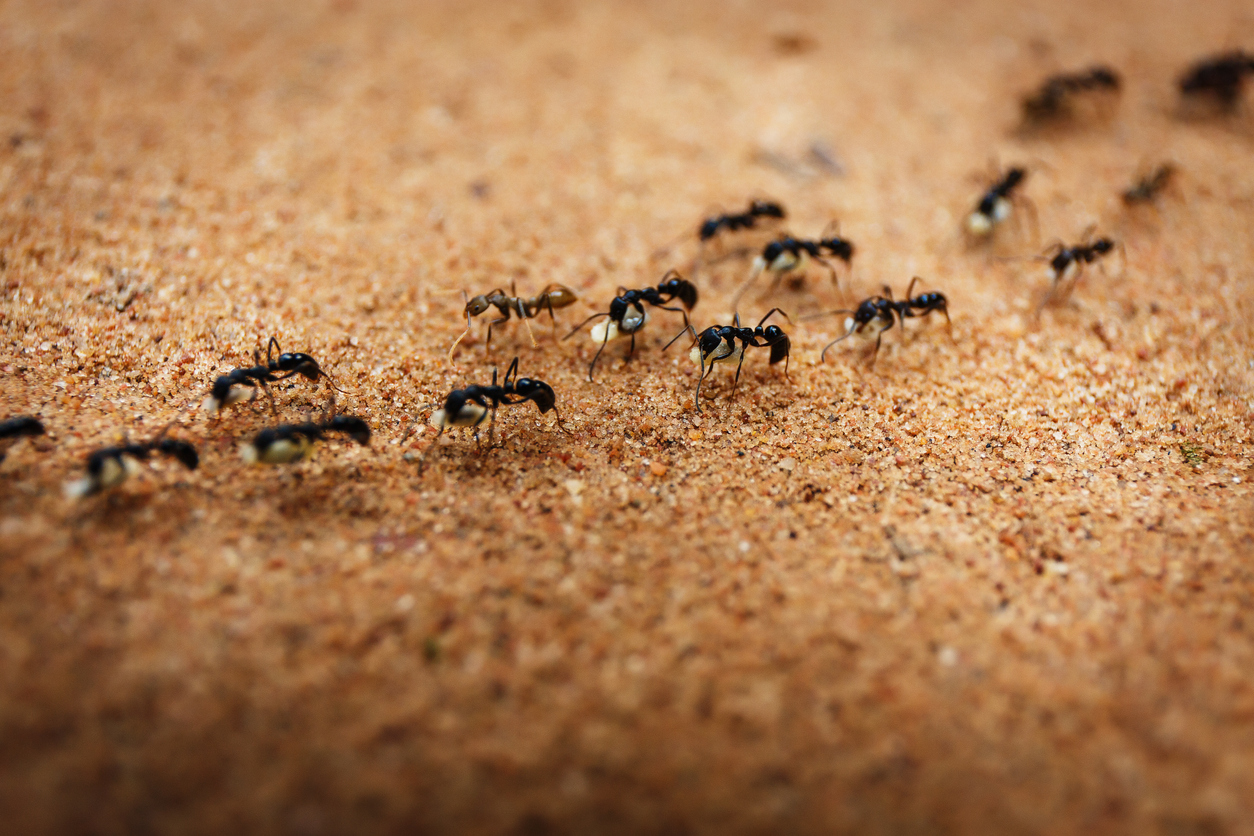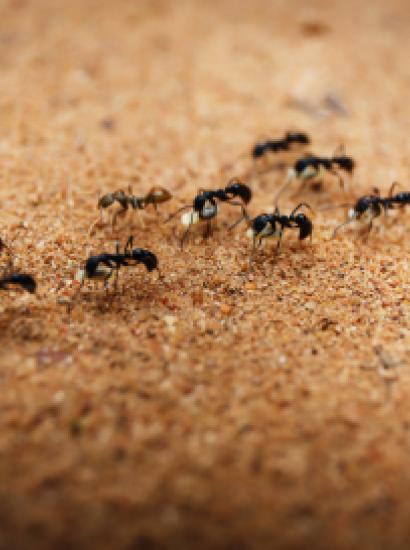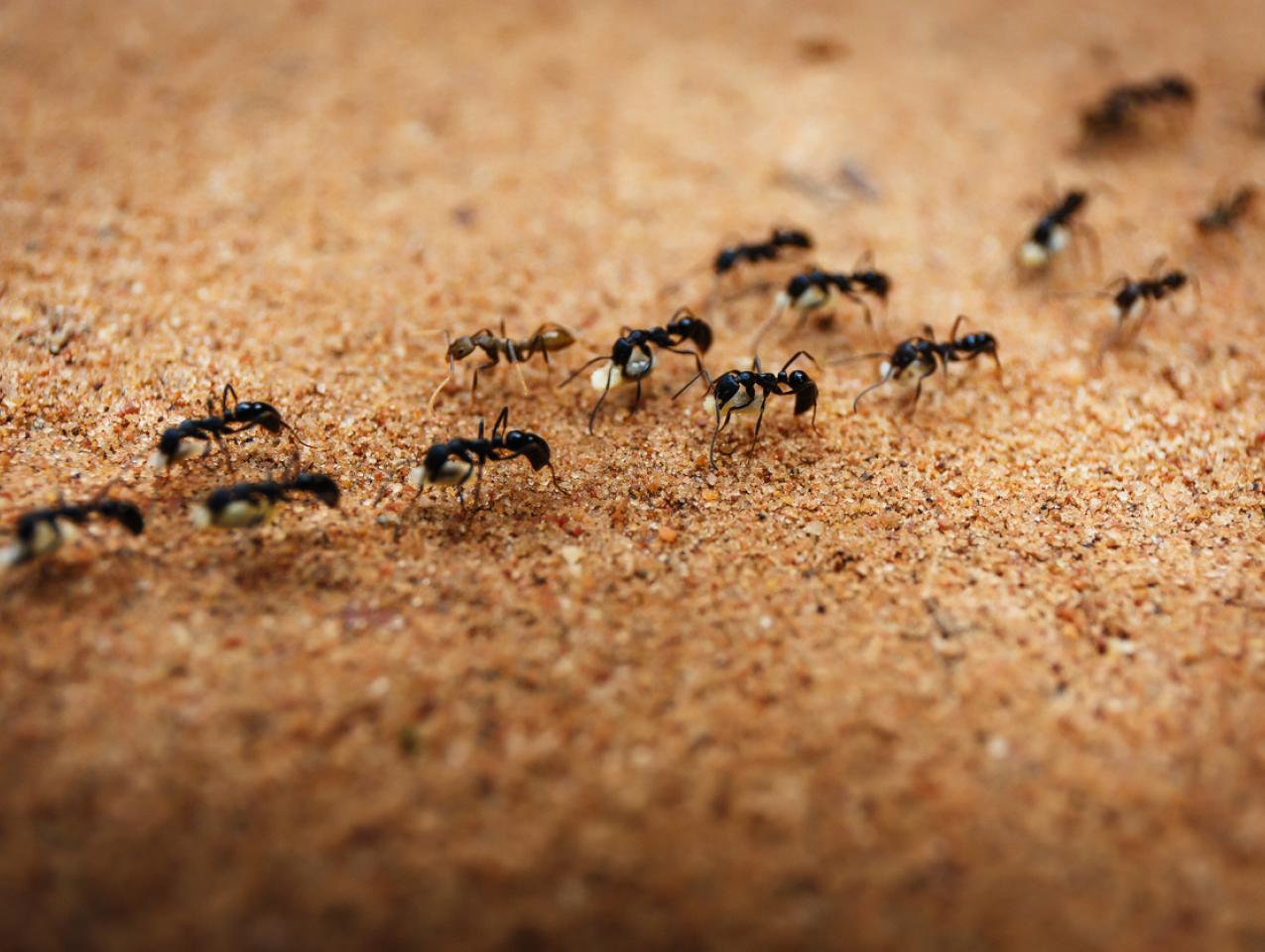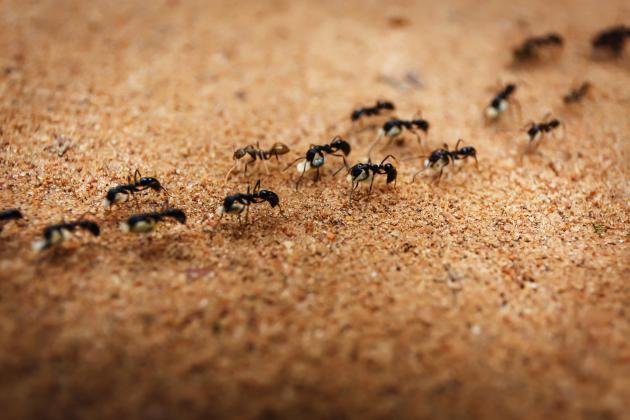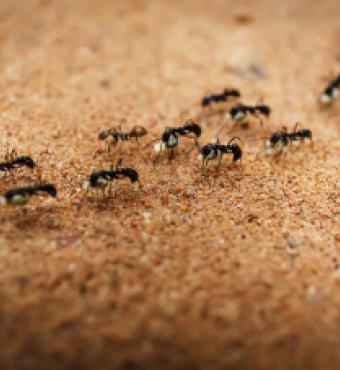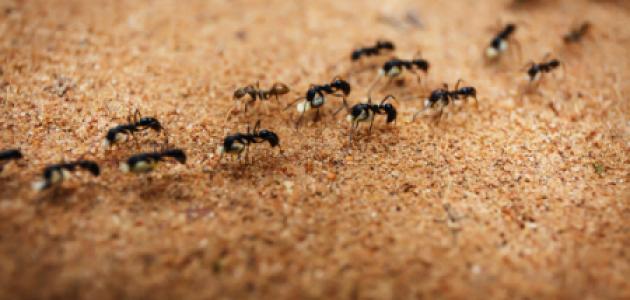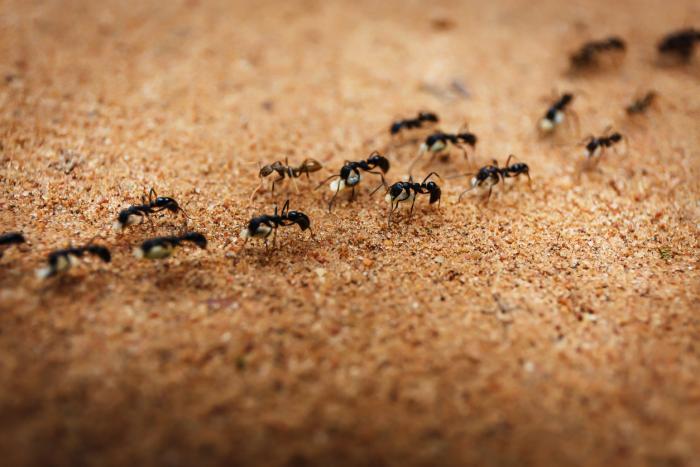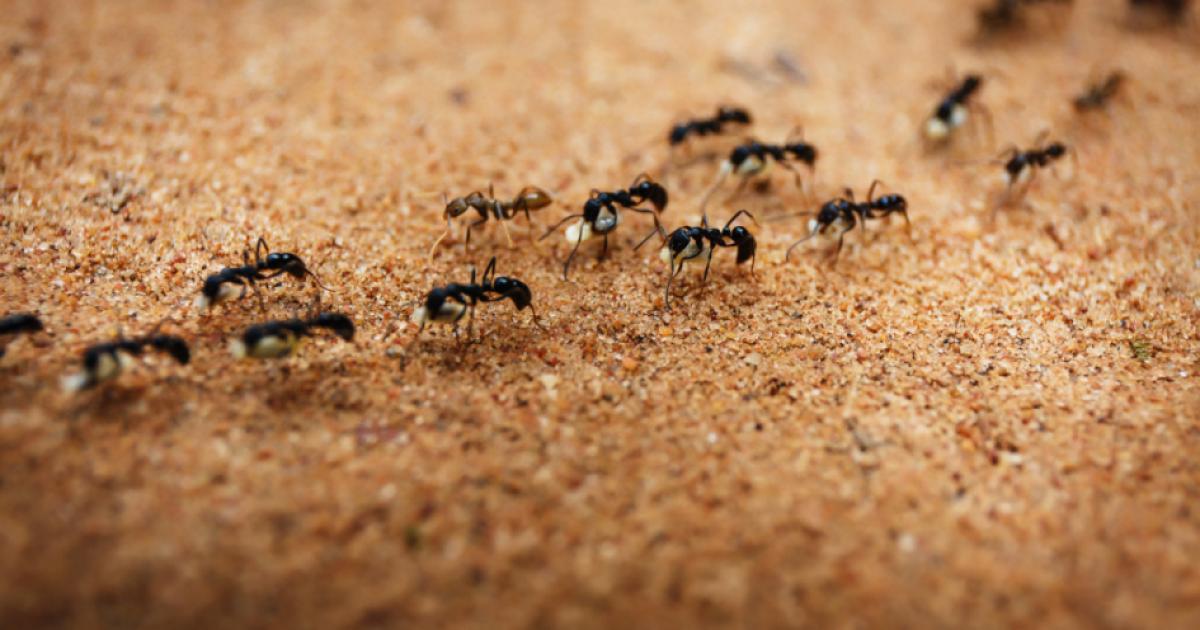Introduction: Harvester ants in the desert face a predicament that is becoming increasingly familiar to people around the world. Because of drought induced by climate change, cities are running out of water, crops are failing, and heat is making it dangerous for people to do the work needed to grow food. The deepening drought in the southwest US has created the same problems for the ants. Harvester ants eat seeds, mostly from grasses and flowering annuals, that are scattered by wind across the ground. A forager loses water to evaporation when it is out in the desert sun searching for seeds, while the ants get water from the fats in the seeds they eat. So the colon must spend water to obtain water and food. As the drought worsens, there are fewer plants to produce seeds, and the air is more dry, so it costs the colony more water to bring in food.
Sundaram, M., Steiner, E., and D. M. Gordon. 2022. Rainfall, neighbors and foraging: the dynamics of a population of red harvester ant colonies 1988-2019. Ecological Monographs. DOI: 10.1002/ecm.1503
https://esajournals.onlinelibrary.wiley.com/doi/10.1002/ecm.1503
Gordon, D. M., Steiner, E., Das, B., Walker, N. S. 2023 Harvester ant colonies differ in collective behavioural plasticity to regulate water loss. Royal Society Open Science. DOI: 10.1098/rsos.230726






